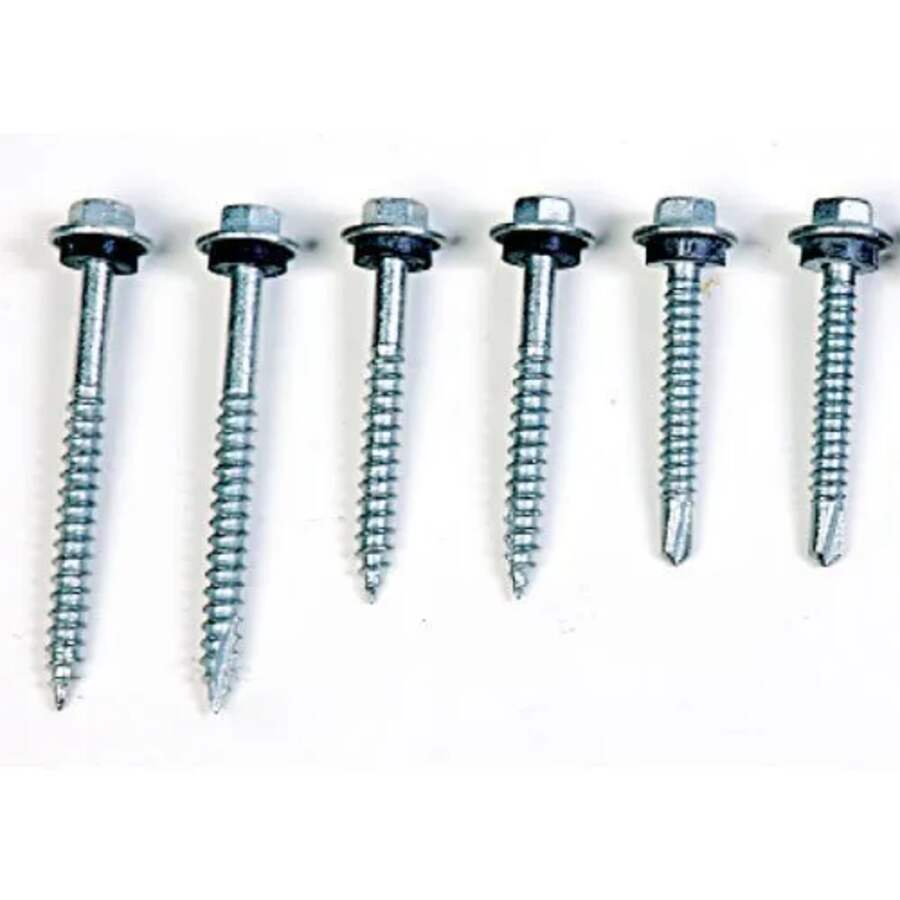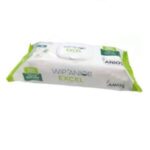When it comes to building or renovating a home, few details matter as much as the roof. It protects the structure from the elements, regulates temperature, and contributes to energy efficiency. But the roof’s performance doesn’t just depend on shingles or panels—it also depends on the fasteners holding everything in place. That’s where roofing screws come in. Choosing the right roofing screws ensures durability, weather resistance, and long-term protection.
This guide mur – baut, breaks down everything homeowners, builders, and contractors need to know about roofing screws: what they are, how they differ from nails, types available, and practical tips for selecting and installing them.
Why Roofing Screws Matter
Roofing screws may look like small hardware pieces, but they’re engineered for a critical role. Unlike generic screws, roofing screws are designed specifically for attaching roofing sheets, panels, or shingles to a structure. They provide a secure hold, resist loosening under wind or vibration, and protect against water leakage.
Poor-quality or mismatched fasteners can compromise the entire roofing system, leading to leaks, corrosion, and costly repairs. By investing in the right screws, you’re essentially extending the lifespan of your roof.
Roofing Screws vs. Nails: What’s the Difference?
For decades, roofers have debated whether nails or screws are better. While nails are faster to drive in, screws provide several key advantages:
- Stronger Grip: The threaded design of screws locks into the substrate, resisting pull-out from wind or shifting materials.
- Leak Prevention: Roofing screws often include washers and seals that create a watertight barrier.
- Durability: Screws are less likely to loosen over time, maintaining roof integrity for years.
Most modern metal roofing systems now rely exclusively on screws, while nails remain more common in asphalt shingle installations.
Types of Roofing Screws
Not all roofing screws are created equal. The best choice depends on the material of your roof and the structure underneath.
1. Self-Tapping Screws
These screws are designed with sharp tips that cut their own thread as they penetrate the material. They’re commonly used in metal roofing and eliminate the need for pre-drilling.
2. Self-Drilling Screws
Featuring a drill-like tip, these screws save time by drilling and fastening in one motion. They’re ideal for thick metal sheets or structural steel applications.
3. Wood Screws for Roofing
If you’re attaching metal panels to a wooden frame, roofing wood screws are your go-to. They have coarse threads for maximum grip in timber.
4. Fasteners with Washers
Most roofing screws come with neoprene or EPDM washers under the head. These washers compress to create a weather-tight seal, preventing leaks even in heavy rain.
5. Colored Roofing Screws
Aesthetic matters. Colored head screws blend with the roofing panels for a seamless appearance, while still providing strength and protection.
Materials and Coatings
Roofing screws must endure years of exposure to sun, wind, and rain. The material and coating play a big role in performance:
- Galvanized Steel Screws: Coated with zinc for rust resistance, these are the most common choice.
- Stainless Steel Screws: Offer maximum corrosion resistance, perfect for coastal or high-moisture areas.
- Painted or Powder-Coated Screws: Provide extra protection against corrosion and UV damage while matching the roof color.
Best Practices for Installing Roofing Screws
Even the best screw can fail if installed improperly. Here are essential tips:
- Placement Matters: Screws should be installed in the flat part of the roofing panel, not on the ridges, to ensure a proper seal.
- Don’t Overtighten: Over-driving can damage washers and cause leaks. The screw should be snug, with the washer slightly compressed but not deformed.
- Check Alignment: Keep screws straight for maximum holding power and aesthetics.
- Use the Right Tools: Magnetic nut drivers or impact drills help achieve consistent installation.
- Inspect Regularly: Periodic checks can catch loose or corroded fasteners before they cause bigger issues.
Choosing the Right Roofing Screws
When selecting roofing screws, consider:
- Roofing Material: Metal sheets, shingles, or tiles each require different screw types.
- Frame Material: Wood and steel substrates call for different threading.
- Climate Conditions: Coastal, windy, or rainy environments demand higher corrosion resistance.
- Aesthetics: Choose colors and finishes that match or complement the roofing panels.
Consulting with your roofing supplier ensures you get screws tailored to your specific project.
Final Thoughts
Roofing screws may be small, but their impact is anything but. From securing panels against storm winds to preventing water intrusion, the right fasteners are essential for a reliable and long-lasting roof. Whether you’re a homeowner overseeing a project or a contractor looking to ensure quality installation, understanding roofing screws gives you an edge in building strong, weatherproof structures.
The next time you plan a roofing job, remember: choosing the right roofing screw is not just a detail—it’s a decision that safeguards your investment for decades.



